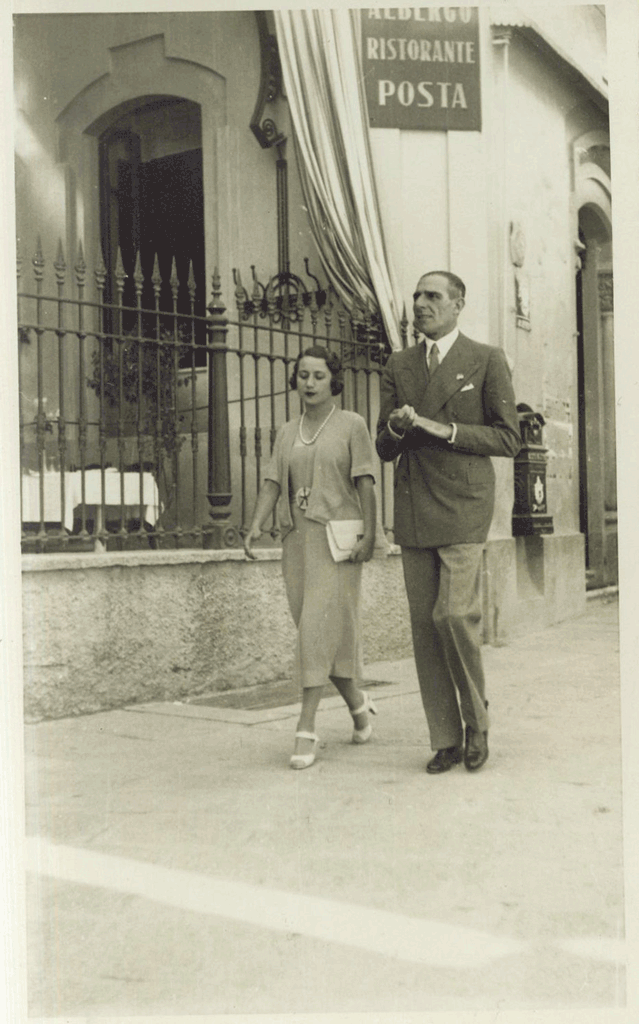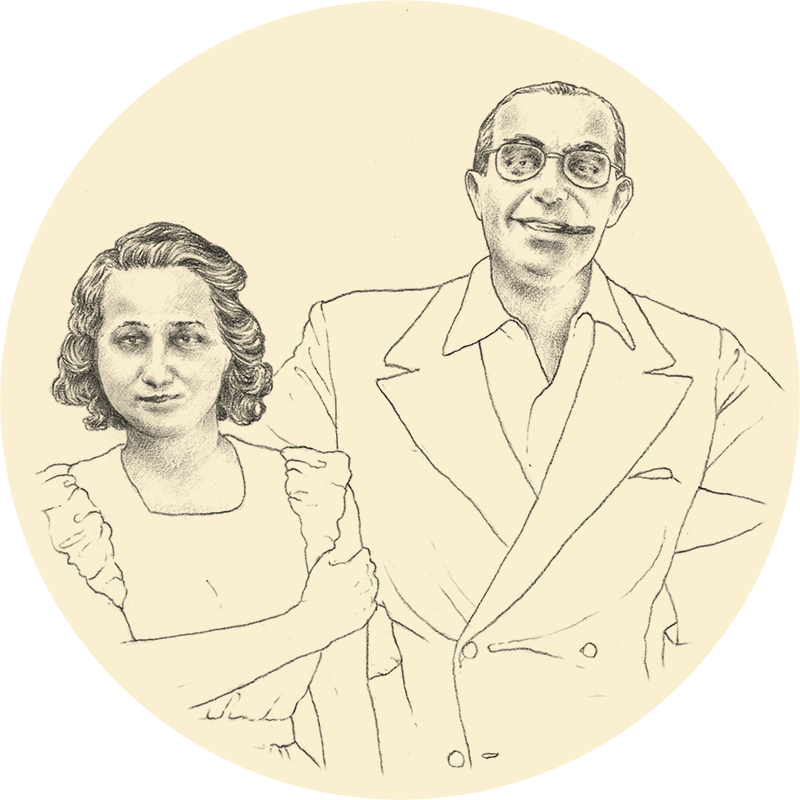When your family returned to Italy, you settled in Pavia, Angelo. That was where you met Gigina. Your life changed again. Your father-in-law convinced you to put away your medical degree. There were things to produce, deals to be made. He wanted someone he could trust; he wanted you. Together you founded NECA, an acronym of your surnames. You produced motors for refrigerators, boilers, bath fixtures. Modernity. You held a patent for enameling cast iron, such a secret that even in the factory the process was concealed by a system of cardboard screens. After all, trust is a virtue, but…

You had factories all over Italy, even supplying products to Fiat. Your offices were in Milan, near San Babila. But the house was still in Pavia. Until that winter evening, in the fog. The evening you decided to really become Milanese. You lost your way, circled around, and found yourselves on a side street. You were actually just a few steps away from Corso Venezia. Around you there were construction sites, for new buildings, while others had just been completed. Then you saw the sign, FOR SALE, amidst the trees in a garden. You wrote down the telephone number.
And then you, Angelo, Nene for your friends – considered by all to be a man of good sense, careful and wise – the very next day, without hesitation, almost on impulse, bought the whole area from Conte Cicogna. You liked fishing and hunting, you had known the enormous expanses of the new world, the calm horizon of the plains. And yet, on the previous evening, with your wife, you had decided to become Milanese, at any cost.
Now all you needed was a home. Suited to your rank. For you two spouses. And for Nedda, the beloved sister. Just one year apart from you, Gigina. You had a very strong bond, almost symbiosis. She was more timid, more reserved. It is said that she had a great love. One of those you cannot escape, cannot replace. Someone, over the years, put the rumor about that Nedda had even been courted by Manfred von Richthofen, the famous Red Baron of the German Air Service. But obviously the dates do not jibe. In the end, legends are born not to be true, but to be plausible. To be beautiful. The man who sent enormous bouquets of flowers to your sister Nedda was certainly not the Red Baron. Who knows if he was even an air force pilot? We don’t know, and if Nedda never wanted this information to be divulged, we’d better not insist on it. For certain women love is like the fortune of the ancients, blind, tresses over her face, nape shaven. Caught on the fly or lost forever. Tertium non datur.
A home, we were saying. And it had to be the right home. It was practically inevitable, “natural,” to call on Piero Portaluppi. How could an “upstanding” family of Milan – and you wanted to be Milanese in every way – fail to call in the architect who had redesigned precisely that part of the city? From the Crespi house to the parvis of the Duomo, from the Banca Commerciale to the Planetarium, the Radici-Di Stefano houses to the monumental building of the Buonarroti-Carpaccio-Giotto company, in those years, wherever you turned, you ran into Portaluppi who was incessantly making his indelible mark on the city and the tastes of its inhabitants. Those that “mattered.” And you “mattered.”
